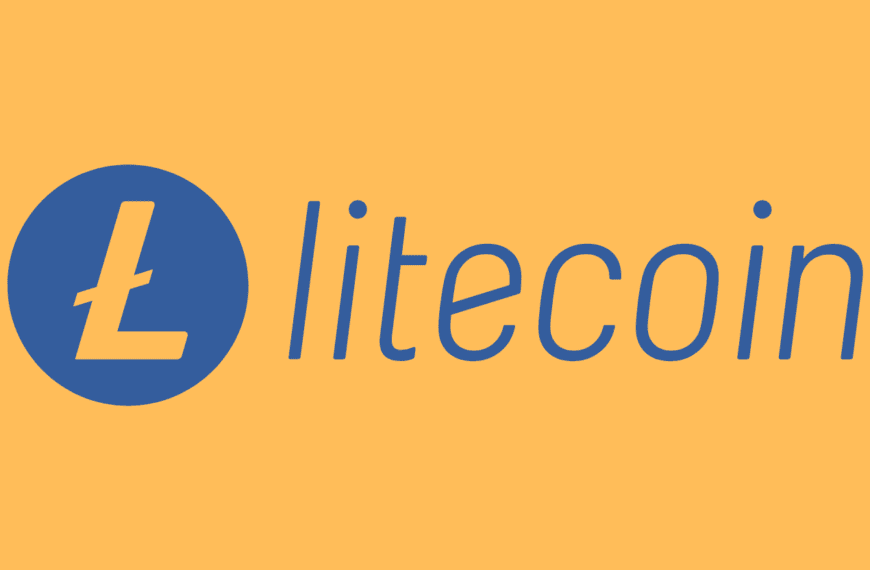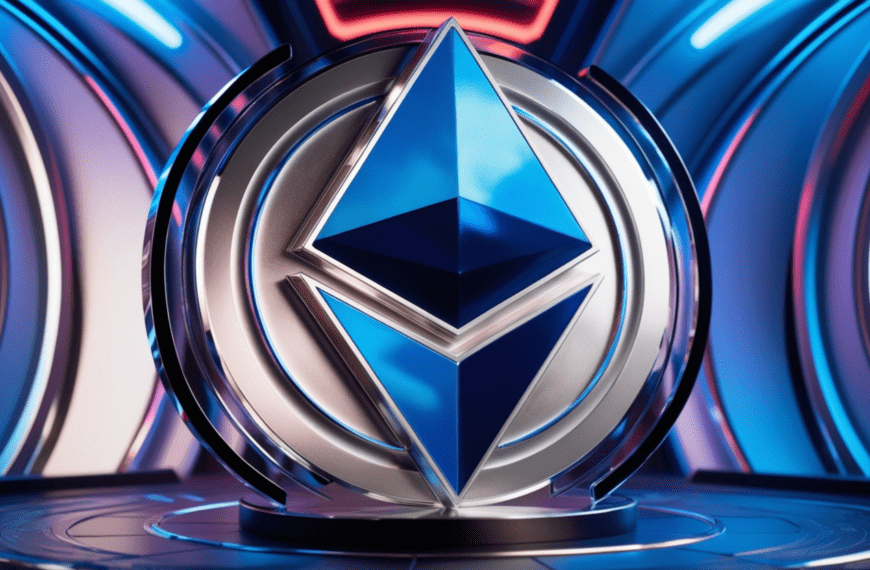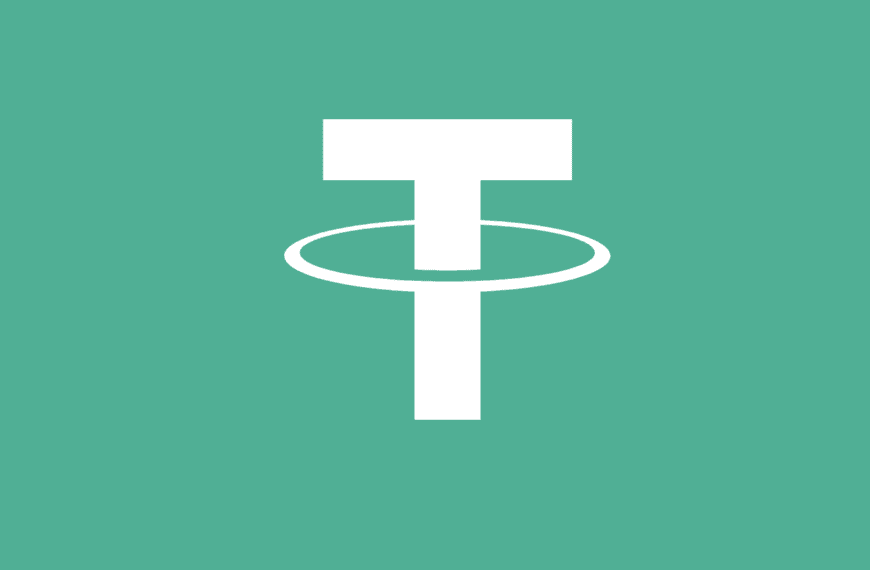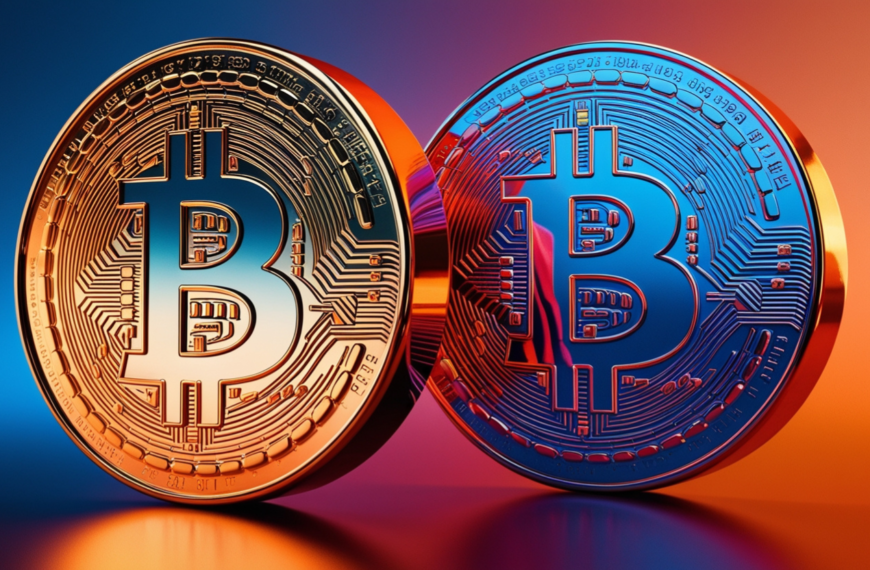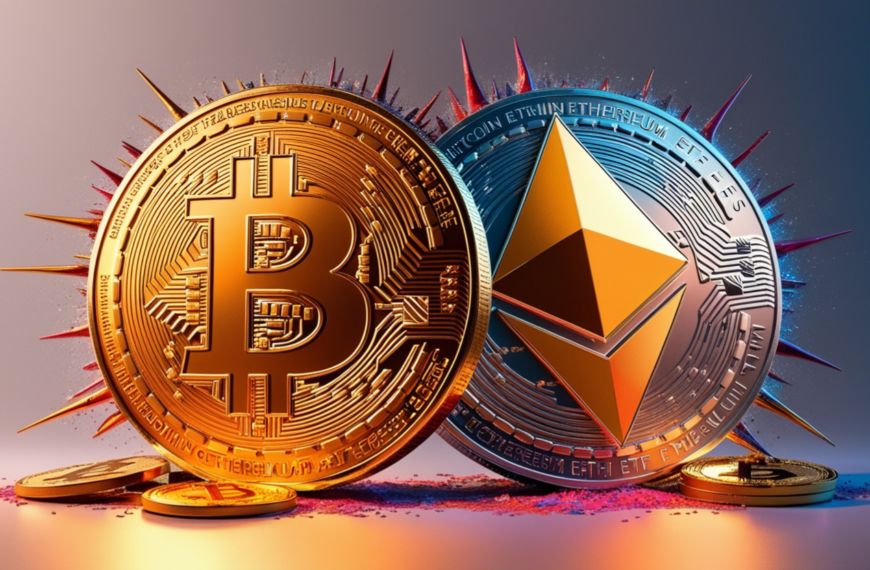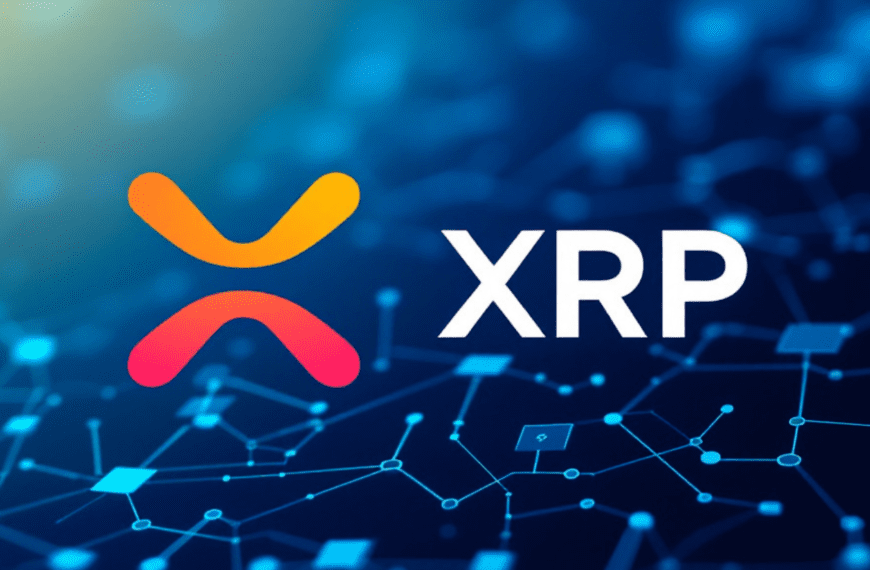What is Pepe Coin?
Pepe Coin (PEPE) is a meme-based cryptocurrency inspired by the popular internet meme character Pepe the Frog. It is part of the broader trend of meme coins, similar to Dogecoin (DOGE) and Shiba Inu (SHIB), designed primarily for speculative trading and community-driven initiatives. Pepe Coin was launched in April 2023 and gained popularity due to its connection to internet culture and memes.

Key Features of Pepe Coin
- Meme-Centric Appeal:
- Pepe Coin leverages the widespread recognition of the Pepe the Frog meme to attract investors and a dedicated community.
- It has no direct utility or intrinsic value but thrives on social media hype and viral marketing.
- Community-Driven:
- Pepe Coin emphasizes decentralization and a grassroots community effort, with no central authority managing its operations.
- Its success depends heavily on the enthusiasm and engagement of its community.
- ERC-20 Token:
- Pepe Coin is built on the Ethereum blockchain, adhering to the ERC-20 token standard.
- It benefits from Ethereum’s robust ecosystem, including compatibility with wallets, decentralized exchanges (DEXs), and smart contract functionality.
- Deflationary Tokenomics:
- Similar to many meme coins, Pepe Coin has a deflationary design, with a capped total supply to encourage scarcity.
- As of its launch, the total supply of Pepe Coin is 420.69 trillion tokens.
-
Speculative Investment:
- Pepe Coin is primarily treated as a speculative asset, with investors hoping to capitalize on its price volatility and social media-driven pumps.
How Pepe Coin Works?
- Smart Contract on Ethereum:
- Pepe Coin operates via smart contracts deployed on the Ethereum blockchain.
- Transactions, token distribution, and any additional functionality are governed by these contracts.
- Decentralized Trading:
- The coin is traded on decentralized exchanges (DEXs) like Uniswap, and later listed on centralized exchanges (CEXs) as its popularity grows.
- Liquidity pools, staking, and other DeFi mechanisms can be built around the coin, depending on community interest.
- Community Building:
- Pepe Coin relies on social media campaigns, memes, and viral trends to grow its user base.
- Community members often organize events, promotions, and collaborations to sustain interest.
Use Cases
- Speculation:
- Primarily used for trading and speculative investment, with buyers aiming for high returns due to volatility.
- Community Engagement:
- Pepe Coin holders often engage in meme competitions, giveaways, and online events.
- Cultural Symbol:
- Functions as a symbol of internet meme culture, appealing to fans of Pepe the Frog and related communities.
Advantages
- Meme Appeal: Leveraging a globally recognized meme makes it relatable and marketable.
- Community Focus: Encourages grassroots participation and collaboration.
- High Volatility: Attracts traders looking for quick profits.
Challenges
- No Intrinsic Value: Pepe Coin lacks utility beyond its role as a meme-based speculative asset.
- High Risk: Prices can plummet as quickly as they rise, leading to potential losses for investors.
- Regulatory Risks: Meme coins often face scrutiny for their speculative nature and susceptibility to manipulation.
How to Buy Pepe Coin
- Set Up a Wallet:
- Use an Ethereum-compatible wallet like MetaMask or Trust Wallet.
- Acquire Ethereum (ETH):
- Buy Ethereum on an exchange (like Coinbase or Binance) and transfer it to your wallet.
- Use a DEX:
- Connect your wallet to a decentralized exchange like Uniswap.
- Swap ETH for PEPE tokens, ensuring you set an appropriate slippage tolerance (usually 1-2%).
- Store Securely:
- After purchasing, store your PEPE tokens in your wallet for safekeeping.
https://news.coincap7.com/what-are-the-meme-coins/
https://koinly.io/blog/what-is-pepe-coin/
Disclaimer: The content provided here is for educational purposes only and is intended to raise awareness about cryptocurrency and blockchain technology. It should not be considered as financial or investment advice. Before investing in any cryptocurrency or token, we strongly encourage you to conduct thorough research, understand the associated risks, and make informed decisions (DYOR – Do Your Own Research). For detailed guidance, consult a qualified financial advisor.

